On Saturday, 26th April 1986, the Chernobyl Nuclear power Plant in Ukraine began a systems test on reactor number four which recorded a sudden power output surge. An emergency shutdown was attempted but this was followed by an even larger power surge which ruptured one of the reactor vessels and led to a series of explosions which ignited the graphite moderator.
An enormous plume of highly radioactive smoke rapidly rose from the reactor into the atmosphere and spread over an enormous area causing widespread contamination of the Soviet Union and large parts of Europe.
The nearby city of Prypiat, with 50,000 residents was immediately evacuated but the contamination was so severe that several other towns nearby were also evacuated resulting in a total of over 350,000 people being resettled after the disaster.
The full extent of the damage is impossible to calculate but it is estimated that thirty-one staff and emergency workers died as a direct result of the accident and the World Health Organisation estimated that 4,000 civilians may have been killed some time after the event as a result of radiation exposure. Other studies have suggested that the long-term effects of the incident could ultimately result in over 200,000 premature cancer deaths altogether.
Whilst the majority of the radioactive fallout landed in Ukraine and Belarus, the pollution rapidly spread across Europe and contaminated many areas so badly that slaughter restrictions for grazing animals had to be imposed since their meat was considered unsafe for human consumption. In fact, as of 2011, restrictions still apply to the slaughter of sheep in some parts of the UK and it is expected that that the radioactivity from Chernobyl will still be found in the UK and Norway for more than another 100 years.

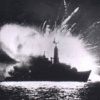
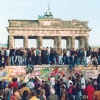




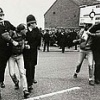
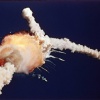
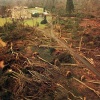
Do You Remember Chernobyl Nuclear Disaster?
Do You Remember Chernobyl Nuclear Disaster?